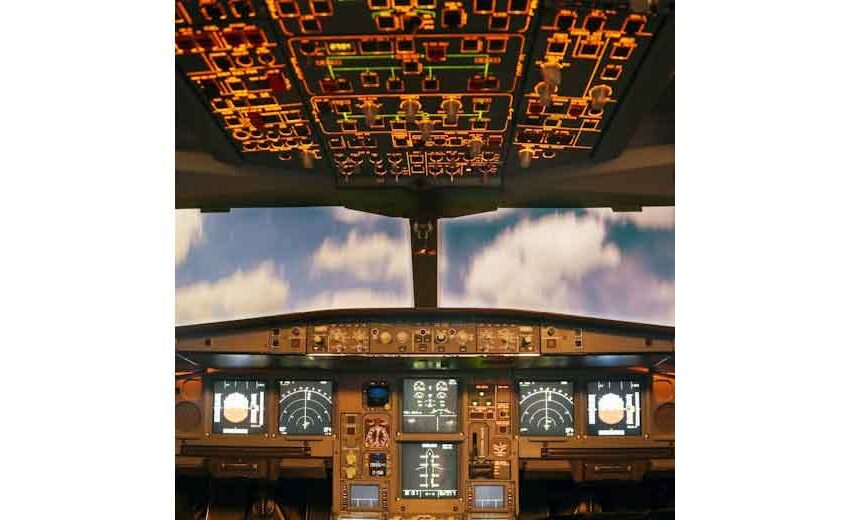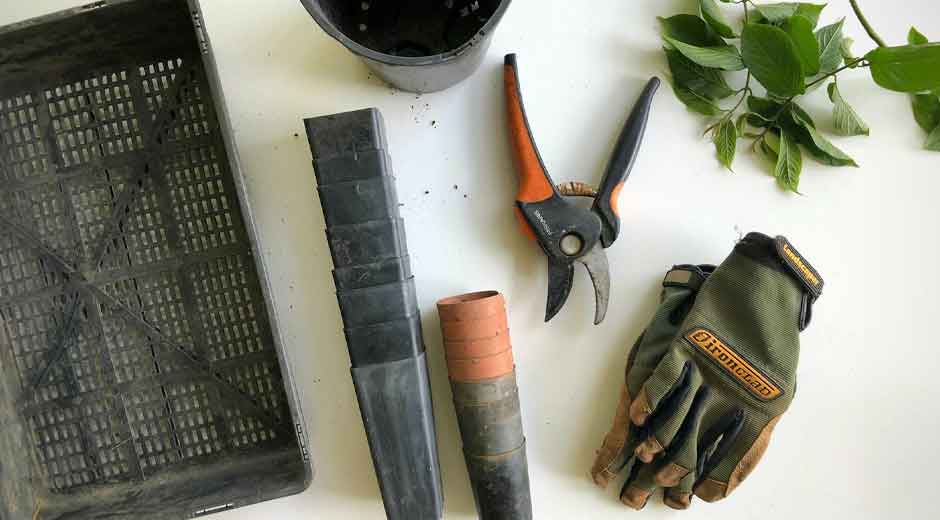3 Ways Cutting-Edge Tech Is Redefining Aircraft Safety

In the new age of digital advancements, the aircraft industry is seeing paradigm shifts. With the amalgamation of aircraft designers, experts, and tech geniuses, traveling by air is more secure than ever before. Gradual technological steps towards enhanced protection are inspiring confidence in flyers across the globe. This article will shine a light on three remarkable breakthroughs in aircraft technology that thread safety in the fabric of aviation – proactive collision avoidance systems, comprehensive data networks, and sophisticated maintenance mechanisms. Such visionary innovations are gradually refining and assuring aviation safety – and that means you and everyone else can fly without fear. This article dives deep and peels off the layers of these life-empowering breakthroughs.
1. Smart Collision Avoidance Tools
One strong feature that airplane protection technology offers is the smart crash avoidance tools used in planes. These systems help pilots see where other planes are, even in badly lit places or through bad weather. Advanced designs that depend on electronics and radar signals use channels of protection together with unique warning signals to keep accidents from happening. This system safeguards both pilots and people onboard using a three-stage security approach. It shows flying risks early, sends alerts to make pilots more aware, and works on different tasks automatically to ensure protection. The thought to equip planes with these proper systems comes from the deep realization that airplane protection must come first. Smart crash avoidance tools reshape the airplane security scene from taking aberrations to giving a good advantage against the danger of falls. This technology minimizes the chances of possible accidents by analyzing risks even before they happen.
2. Onboard Data Analysis for Better Decisions
More powerful than ever and able to analyze data in real-time are onboard software systems. Pilots put their trust in these systems to give them vital insights into airplane performance. These systems study huge amounts of information arising from various parts of the airplane. They warn pilots about possible issues significantly ahead of time. Tools like the CCX T-RX, which tests avionics radios and pulses in one device, support these systems by ensuring communication equipment is functioning accurately during diagnostics. This allows the airplane crew to handle issues and maintain a secure working atmosphere. By using advanced data analysis, possible equipment concerns, or unusual operations, these systems help highlight issues before they become bigger concerns. This allows for correct measures to be taken immediately. As a result, pilot choices become better when more information is easily accessible. Better security situations within and outside become possible, too. Onboard data analysis changes future airplane decisions and avoids tragedies. The foundation for safer and smarter travels rests on early problem identification and resolution.
3. Advanced Maintenance Checks Using AI
Stronger protection and productivity in airplane checks are brought about by improved technology using AI or artificial intelligence. This system checks airplane parts. It helps find possible issues that are not easy to see by studying patterns out of huge amounts of information arising from different airplane processes. By adopting AI, airplane manufacturers settle for early damage discovery many days ahead of when it normally happens. This system raises maintenance tasks’ accuracy. It cuts down on unwanted time in which the airplane is non-functional. AI checks develop the plan of protective actions as well. It quotes the best time for taking care of security checks by examining historical data. AI improves airplane checks and has a big effect on aircraft protection and downtime with its ability.
Conclusion
Cutting-edge tools are transforming the airplane industry into a safer place right at this moment. With the adoption of developed collision avoidance systems, immediate data analysis, and AI checks, the industry is steadily boosting aircraft protection. These advances are living examples of how creativity and professional responsibility collaborate in advancing airplane protection and grounding safer flights. Pilots feel secure with better information support directed by these systems. Strong and united efforts put together by aviation professionals, designers, and technology pioneers support this single aim. They aim to make flying safer all over the world. With these continuing advancements, the airplane industry proceeds in its quest to reach the highest levels of security and passenger protection.





